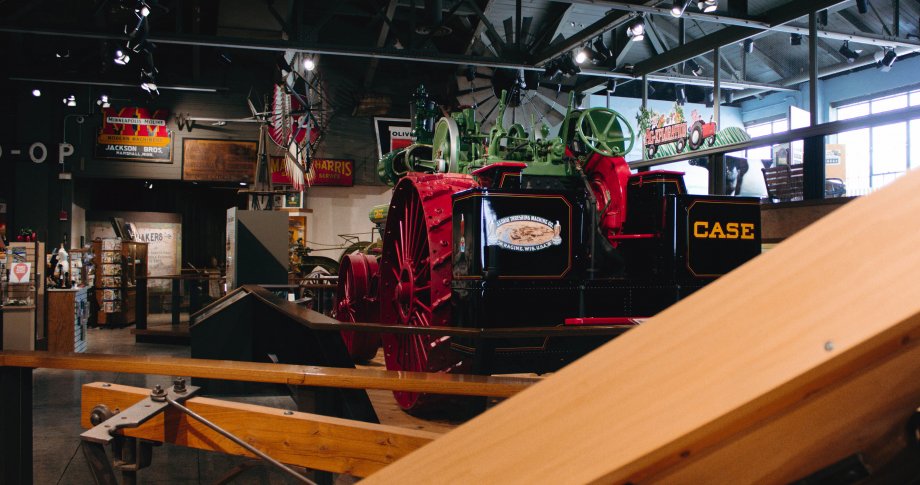Mission Statement
To inspire a passion for the diverse history, culture and science of agriculture in South Dakota.
Vision Statement
We are a leader in the preservation of South Dakota agricultural history and in connecting multi-generational audiences to the importance of agriculture in their everyday lives.
Core Values:
Integrity
We are the stewards of South Dakota’s agricultural history. The community turns to us to preserve their historic treasures and to tell the stories of bygone eras with accuracy and honesty.
Service
We exist for the public. We serve our patrons through preservation of historic artifacts, educational outreach, and by supporting the community in endeavors that enrich our society. We depend upon the support of the people to succeed and we honor that by serving our patrons to the best of our abilities.
Approachability
We are open to all. We believe that museums are unique places where people can share existing ideas while learning about new ones. We take a grassroots approach in developing educational platforms and in interpreting history and culture.
Innovation
We explore and create. We look for new and innovative ways to create meaningful connections with the community.

What is the State Agricultural Heritage Museum?
The South Dakota Agricultural Heritage Museum is the official state museum that collects, preserves and interprets the history, science of agriculture and rural life in South Dakota. The museum collection contains the following items: approximately 3,500 agricultural and mechanical tools and equipment; 1,500 items classified as building furnishings, personal and recreational items; 8,300 communications and documentary items, such as maps, prints and agricultural business advertising; over 100,000 photographs of farms, ranches, small towns, 4-H and Cooperative Extension Services; and approximately 72 cubic feet of machinery operator’s manuals, parts, lists and sales literature.
The extensive holdings began as a zoological collection in 1884 and evolved to have a heavy concentration of farming equipment, mainly from the eastern region of the state, and mostly from 1880-1950. To better reflect a complete representation of agriculture in South Dakota, the collection’s scope was expanded in 2014 to span from the time when humans first domesticated plants and animals in South Dakota to the present. The staff also diversified its exhibits, gathering history and artifacts both from the western part of the state and from various ethnic groups.
In 1976, the museum staff secured the Stock Judging Pavilion as its new location on the South Dakota State University campus. Built in 1918 and expanded in 1925, the Stock Judging Pavilion was placed on the National Register of Historic Places in 1978. The pavilion was repaired, restored and renovated as a museum open to the public in 1981. During this time the museum became the official State Agricultural Heritage Museum under the Department of Cultural Affairs. The main level of the museum contains approximately 9,000 sq. ft. of exhibits and 500 sq. ft. of office space and gift shop, while the 4,875 sq. ft. lower level of the museum contains small artifact storage and office work space. An 11,000 sq. ft. pole barn completed in July 2005 to house the machinery and large artifact collections pieces sit north of the museum, and also contains a small workshop. Finally, the museum maintains a rammed earth building, which is located north of the Pavilion and is also on the National Register for Historic Places. Rammed earth construction was an experimental construction technique being investigated by the Cooperative Extension Service in the 1920 and 1930s. This 1,872 sq. ft. building houses yet another small workshop area.
The museum offers a variety of educational programming and tours. Group tours are available - reservations are required. The Museum Store specializes in regionally made products that capture the spirit of South Dakota in every gift.

